Can You Skim Coat Over Paint?
Can joint compound be applied over paint? Today we will reveal the truth!
Skim coating is one of the most popular and affordable ways to make your unsightly walls look better and nicer. In addition, homeowners often opt for using skim if they need to fix the walls that were damaged during the wallpaper removal procedure.
However, there is one question that bothers them whenever they reach for a can of skim: can you skim coat over old paint?
In this article, we will do our best to find the answer! You will learn whether it is possible to apply a skim coat over a surface that already has paint on it.
Also, we will tell you how to get your walls ready for skimming and when skim coating might be needed.
Can You Apply Skim Coat Over Paint?
Shortly saying, yes, you can skim coat over the surface that already has a coat of paint applied to it. However, before you start skim-coating the paint, you need to examine the surface carefully. If you find any cracks or damages on it, it’s better to refuse the idea of skim coating over the paint.
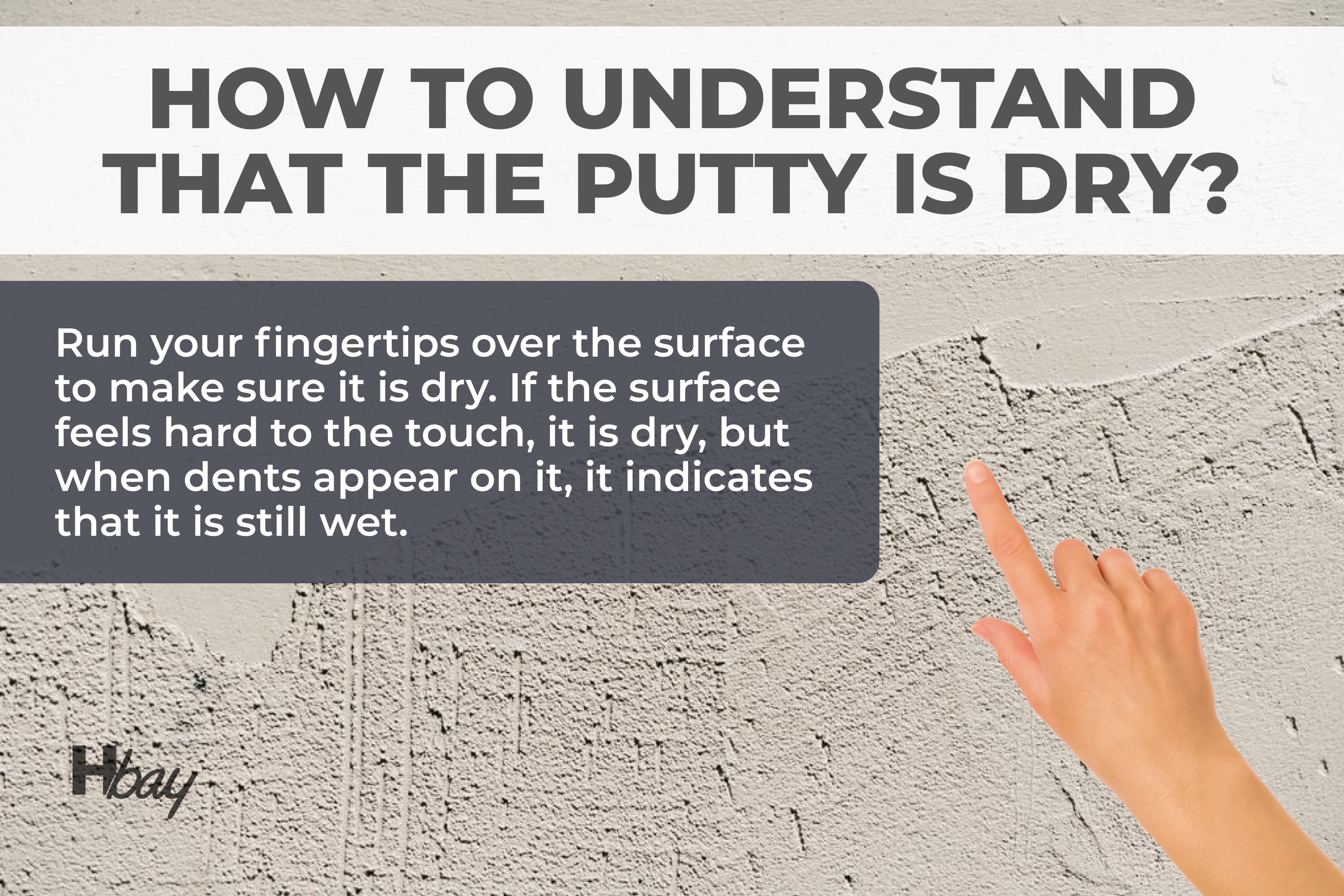
housekeepingbay.com

But if the paint on the surface is in good condition, feel free to do your skim coating as you planned!
Also, note that in order to apply a skim coating, you will have to spread a layer of joint compound as well. It will allow you to cover and fill all the visible imperfections on a wall. After the joint compound holds up to the surface, you can proceed with painting or decorating the wall.
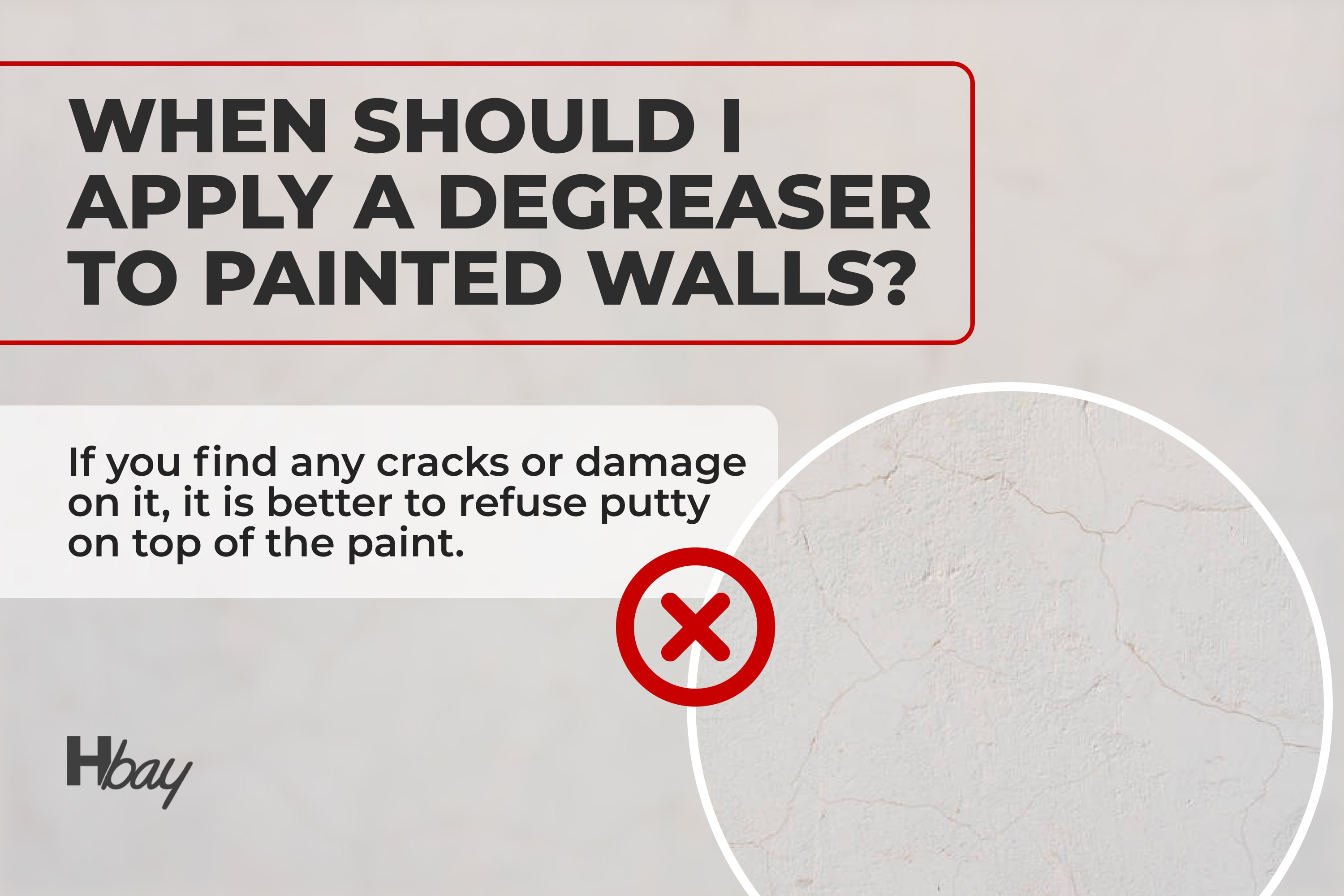
housekeepingbay.com
Below, you can find more information on how to apply a joint compound to a wall before you move on with the paint.
Learn these steps carefully so that you know in detail what to do.
It will help you avoid some common mistakes people make that may result in the need of redoing the entire job!

triocean2011 via VistaCreate
Table of Contents
How to Use Joint Compound On a Wall Before Skim Coating?
A joint drywall compound is a plaster product with which you can fix nearly all imperfections that can be found in drywalls. But despite its affordability and usability, using it requires thorough preparation for the upcoming work. This is why we recommend you check out the steps that will help you master your skills of using this product.
Start With Cleaning Your Walls
Before putting anything on the wall be it paint, joint compound, or anything else, you need to make sure that your walls are clean. There must be no dirt, dust, or other stuff on their surface that can prevent the compound from adhering properly and smoothly.
You can achieve this by wiping down the walls with a damp sponge. Also, you will need to use a broom to bring down any cobwebs in the corners of the room.
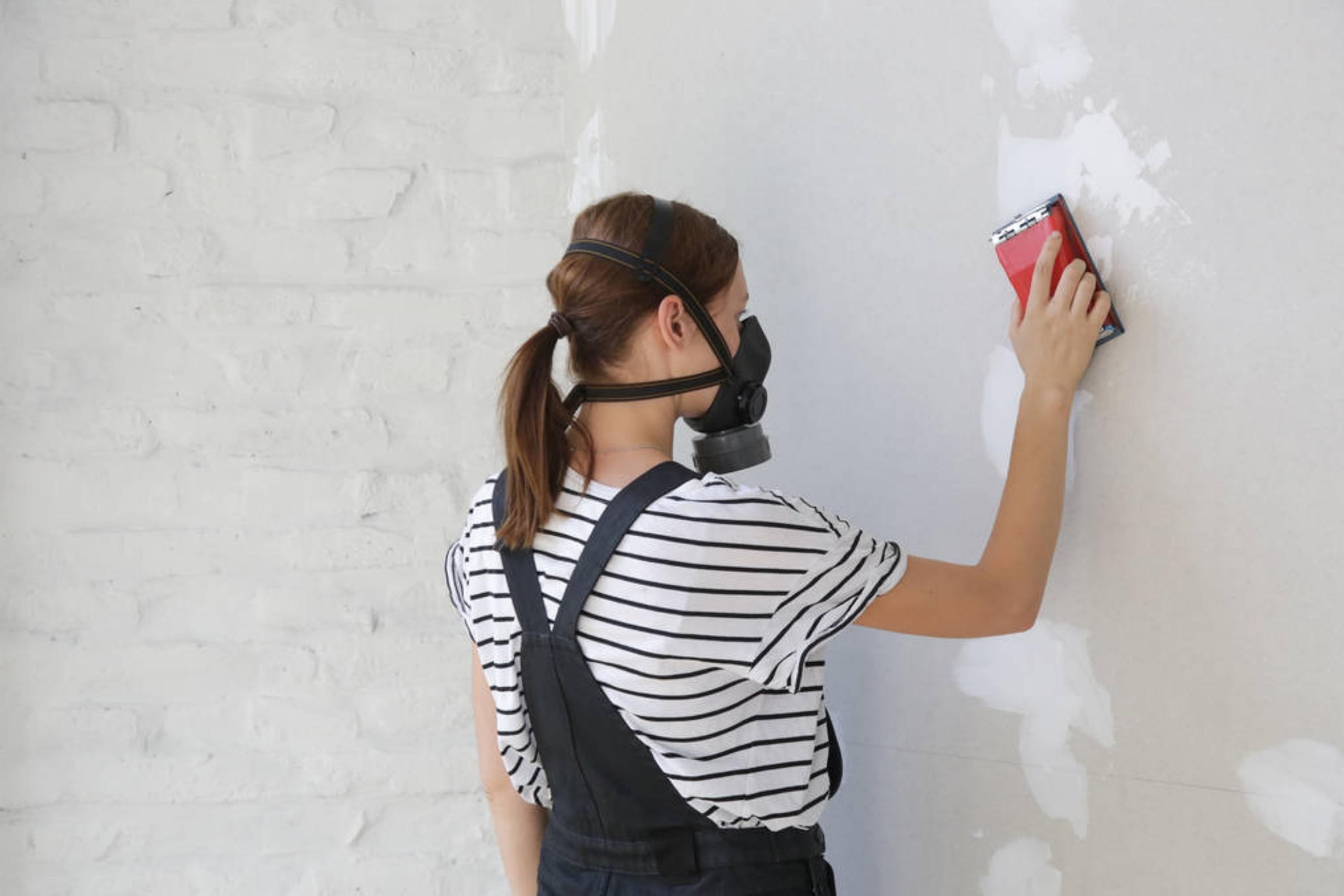
triocean2011 via VistaCreate
Remember to Sand the Walls
After you’re certain that the walls are dry, begin to lightly sand the walls to help the surface become smooth enough for the plaster to attach to. Since there can be quite a lot of dust during the process, remember to put on your dust mask and glasses to prevent health issues while sanding.
We suggest you use a sanding pole and attached medium grit sandpaper to sand down the walls. Once you are done with this task, take a clean sponge and wipe the walls down. It will help you to get rid of the remaining sanding dust.
Finish With Texturing
For this step, you might want to use a trowel. Swipe on the plaster to the trowel, clasp the trowel’s edge to the wall and use a small roller to apply the joint compound.
For this purpose, we would recommend you opt for a small roller because a large one will be heavier.
As a result, you will get tired sooner when applying the joint compound. You can create your own texture by spreading the plaster to the wall. But no matter what kind of texture you choose, make sure that it has a uniform appearance on the entire wall.
This is the general overview of skim coating. As you can see, there is basically nothing complicated about it, so if you have basic skills at painting surfaces and especially walls, the skim coating should not be a problem for you.
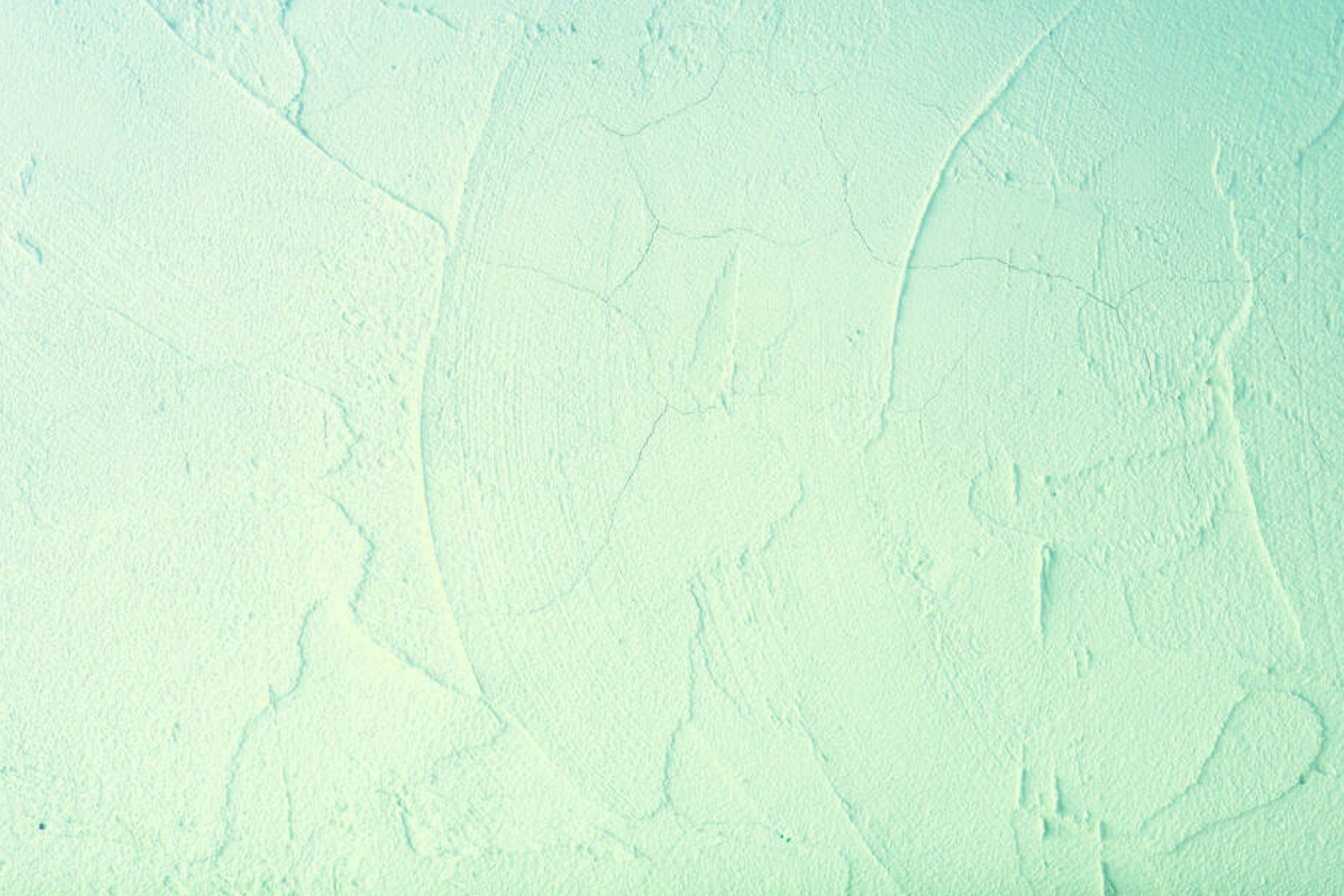
aimful via VistaCreate
What Is the Best Joint Compound for Skim Coating?
As you could already guess, a joint compound is an essential component of a skim coating process since you will use it for finishing on cracked walls and other surfaces in order to get a smooth surface. But since there are numerous varieties of this product on the market, it’s pretty hard for homeowners to decide on the best one.
This is why we suggest you learn a few handy life hacks and tips on how to choose the best joint compound. Basically, the best joint compound for skim coating is the regular all-purpose joint compound.
However, since there are joint compound types that are intended for a specific purpose, it would help if you were informed in advance about the right types of this product. Like this, you will be able to avoid choosing the wrong option. Below, we have collected all the best joint compounds for skim coating;
- DAP 10102 Wallboard joint compound.
- DAP Wallboard joint compound.
- U S GYPSUM 385140 all-purpose joint compound.
- U S GYPSUM 380270072 U A Gypsum 380270 Quart joint compound.
- Dap 12278 Elastomeric Patch and Caulking Compound.
- USG 381466 lightweight all-purpose joint compound.
With this information in mind, you will surely be able to select the most suitable product and accomplish your job easier with a better effect.
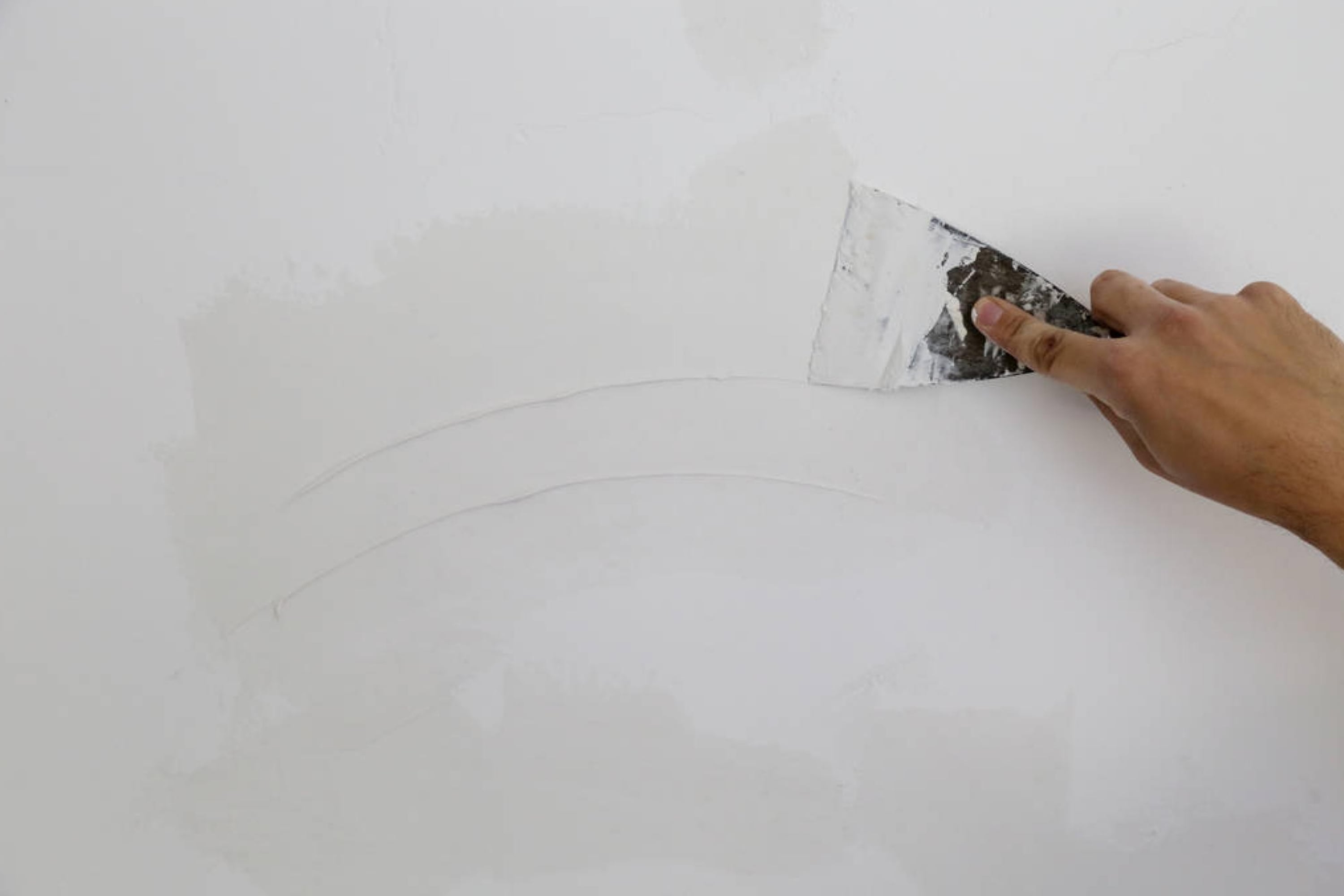
triocean2011 via VistaCreate
When Should I Apply a Skim Coat Over My Painted Walls?
Although applying a joint compound is quite easy and requires no special skills, you should still be aware of when doing this is necessary and when it’s not. See, you need to understand clearly when such a process is truly required, otherwise, you will just waste your time, money, and product.

In the list below, there are a few reasons displayed that tell you when a skim coat is a worthy alternative.
When You Need to Mend Damages From Wallpaper?
When you remove wallpaper by peeling it off, it often damages the wall behind it. As a result, the process of wallpaper removal ends up with gouges and the tearing of the drywall’s exterior paper! This is why skim coating over the wall can help to fix such blemishes and make your walls look like they are new again.

Tommoh21 via VistaCreate
Skim Coat For Retexturing the Walls
If you had to repair your drywall, remember to skim-coat the entire surface after repairing it. Doing this is necessary in order to prepare the wall for painting. And of course, a layer of skim coating will ensure the wall is smooth and the paint will adhere properly to it.
Skim Coat When You Need to Touch Up Unsightly Walls
Walls can degrade with time due to high traffic. This is why a layer of a skim coat is essential for restoring the walls’ look without completely replacing them. If you live in an old house, you may appreciate this method a lot!
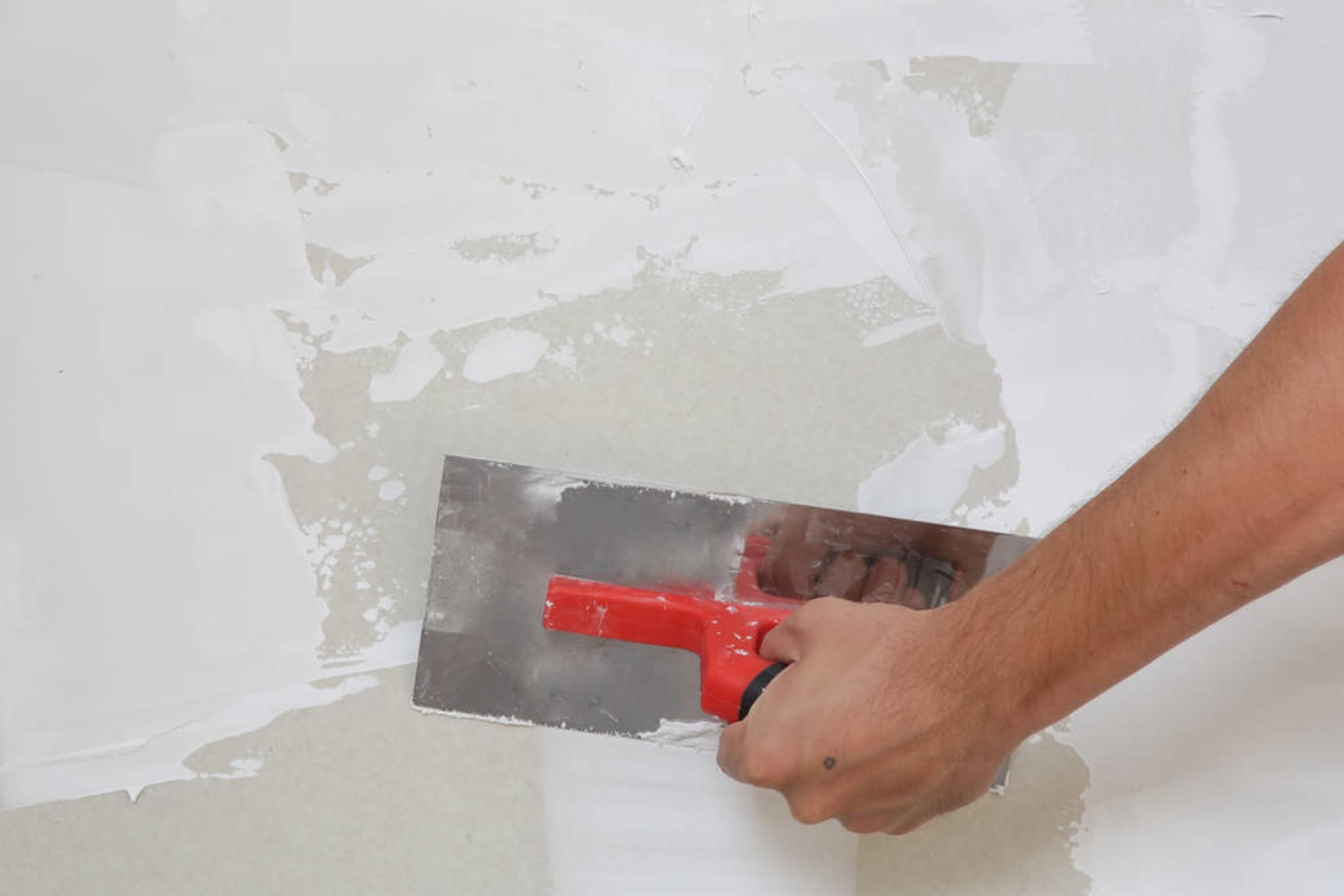
triocean2011 via VistaCreate
Bedding In New Drywall
Skim coating is a must-take step when installing new drywall. See, skim coating guarantees you will have an even surface for priming and painting. If you are not planning to texture the newly installed drywall; you should apply the skim coat to a very thin extent.
A Few Handy Tips On Applying a Skim Coat For Newbies
If there is something that you are going to do for the first time in your life, you will most likely feel uncertain and unsure about the results. With the skim coating, it’s all the same. If you have never done this before and now you need to do it, you might be wondering whether you are doing everything right or not.
Of course, your skill will improve with the flow of time. The more experience you get the more confident you will feel. But in order to help you out, we have prepared a few useful tips regarding skim coating.

triocean2011 via VistaCreate
Prime the Walls Before Skim Coating
To get the best results, it’s recommended to apply two prime coats. The first coat of primer should be applied before you apply the first skim coat. The second coat of primer is supposed to be applied over the final skim coat.
If you skip this piece of advice and paint directly over drywall joint compound without priming first, you might regret it. See, it can cause problems with the finish when you paint, such as bubbling. It happens because drywall mud is very porous, so the primer creates a sealed layer that helps the paint dry evenly.
Use the Right Primer for Damaged Drywall
If you have to prime damaged walls, use an oil-based primer. Yes, it is messy to work with and yes, it doesn’t smell of rose gardens, but it’s a great sealer for paint. So put on a face mask or respirator and get to work.

housekeepingbay.com
Avoid using latex primer on damaged walls (e.g. on torn open drywall paper) since latex primer will cause the paper to bubble.
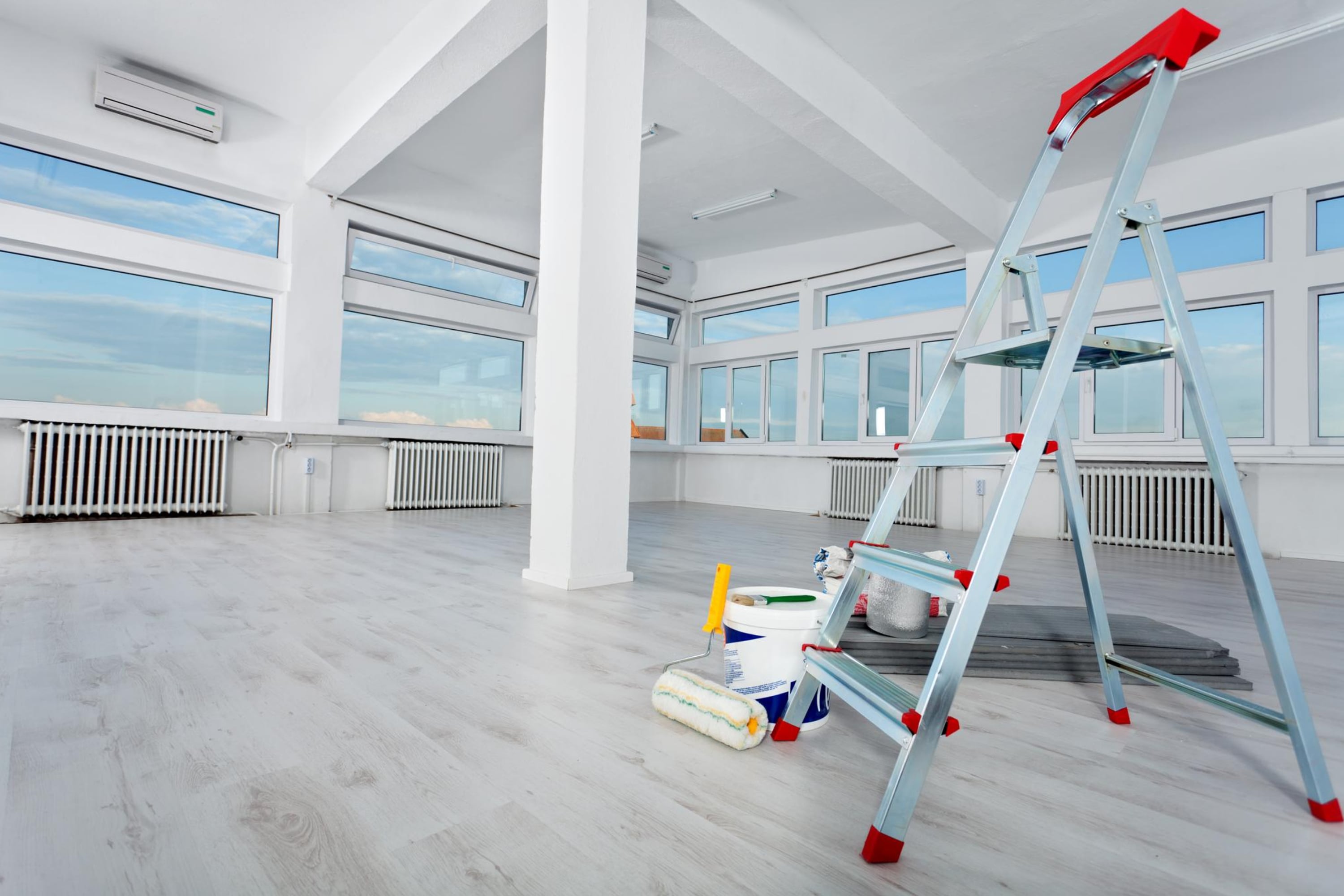
lightkeeper via VistaCreate
Skim Coat Your Drywall In Two Coats
In order to smooth out textured walls and shallow holes, it’s recommended to apply two coats of drywall compound. However, if you have deep gouges on the wall surface, it usually requires a third coat, otherwise, you won’t make the holes levelled with the surface of the wall. Also, remember to sand the wall between coats.
So, now you know that it is actually possible to apply a layer of skim coat over a layer of paint on the wall. Also, you are now informed about the reasons why you might want to do this. We explained how to skim-coat your walls and what types of joint compounds should be used if you want to get the best results.
Finally, we shared a list of recommendations on when you might want to consider skim-coating your home walls.
Ever wished paint sampling was as easy as sticking a sticker? Guess what? Now it is! Discover Samplize's unique Peel & Stick samples. Get started now and say goodbye to the old messy way!
Get paint samples




Frequently Asked Questions
⭐Can I skim coat a wall myself?
Yes, you can do it yourself. The process differs from painting walls, but you will have to use similar tools.
⭐How can I tell that the joint compound is dry?
It’s easy to determine whether a joint compound is dry or not. You can pass your fingertips across the surface to see if it’s dry. If the surface feels hard to touch, it’s dry, but when it indents, it tells you it’s still damp.
⭐How thick is a skim coat?
Usually, a skim coat is roughly 10 to 12 mm thick.
4 thoughts on “Can You Skim Coat Over Paint?”
Leave a Reply


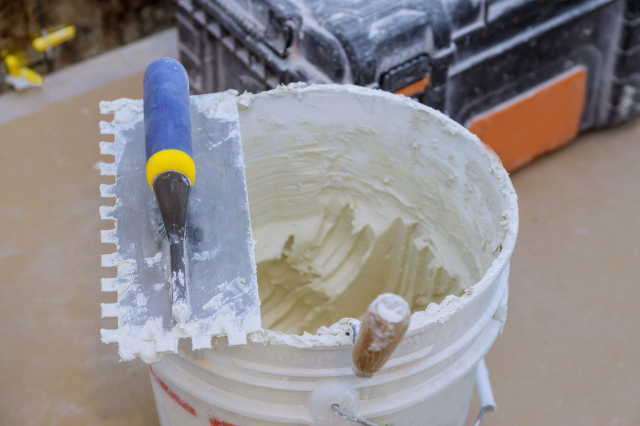

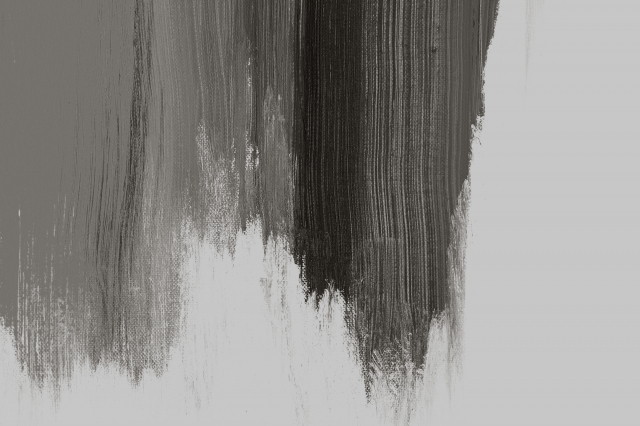
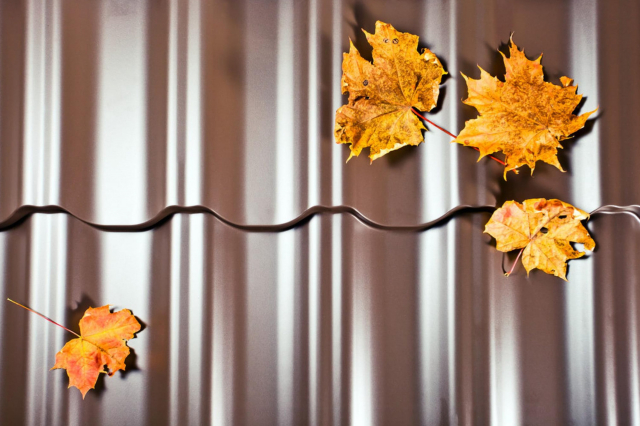


Do you need to sand after a skim coat?
Well, actually yes, you do. See, sanding after a skim coat is important as it helps to smooth out the areas where you didn’t work perfectly enough with a trowel. However, remember to not rush to sand before the skim coat dries!
What happens if I paint over cracked surfaces without covering them with joint compound?
Painting over surfaces without a joint compound can bring in undesirable imperfections after painting. Most often than not, pros fill holes and patch cracks with a joint compound before painting.
Suppose you use a joint compound on the patched surfaces, ensure it’s entirely dry before you paint over it. Painting on a wet joint compound means the compound naturally sucks the moisture from the paint, giving it an unsightly look. In addition, the imperfections will be visible on the entire surface after painting.